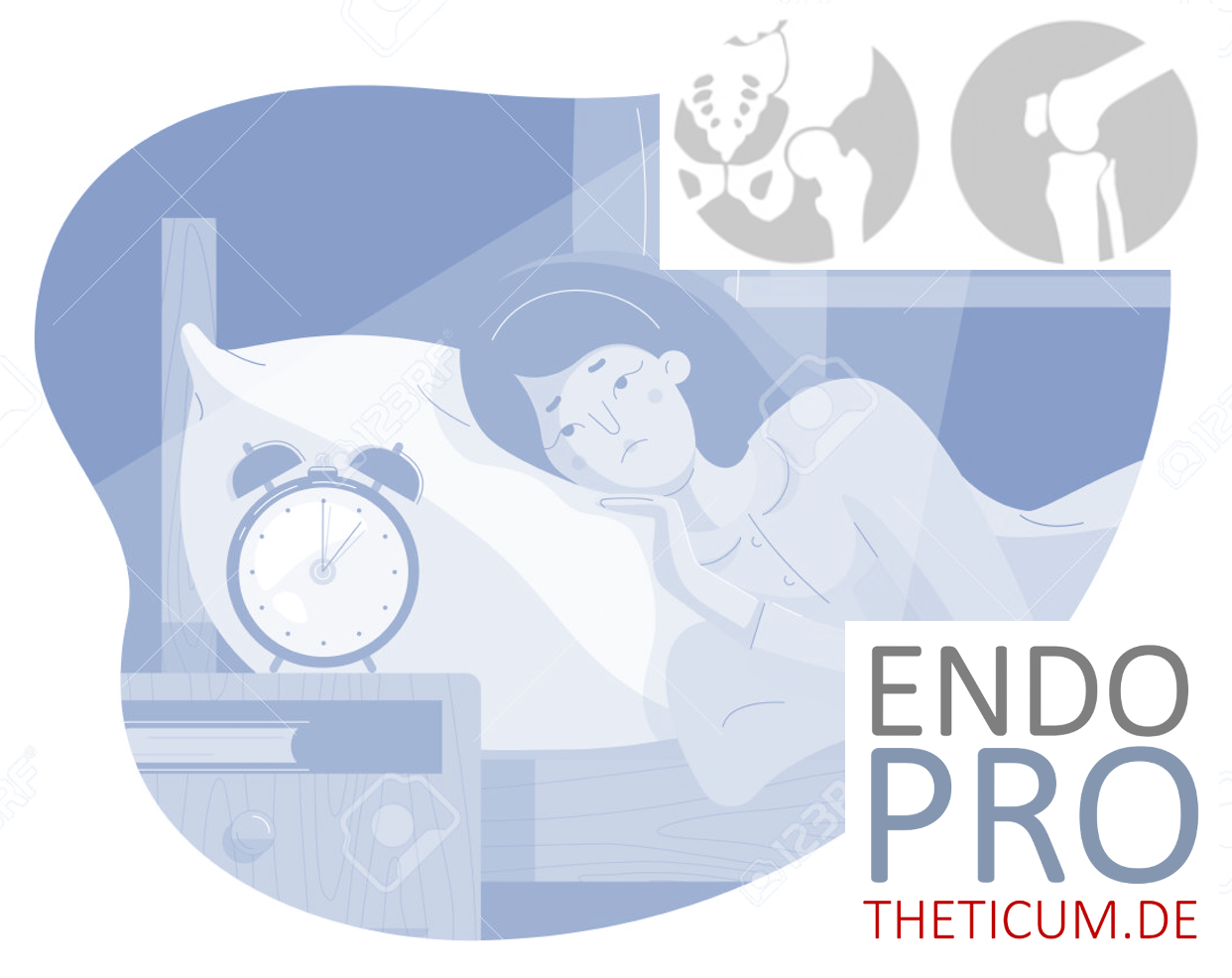Femoral head necrosis: causes, symptoms and treatment options at a glance
Everything you need to know about femoral head necrosis

Femoral head necrosis, also called avascular necrosis (AVN), is a serious condition in which the blood supply to the femoral head is interrupted, resulting in bone tissue death. This condition can lead to severe pain and ultimately hip osteoarthritis if not treated in a timely manner. In this blog we will discuss the causes, symptoms and treatment options of femoral head necrosis in detail.
1. What is femoral head necrosis?
Femoral head necrosis is a degenerative disease in which the bone in the femoral head dies due to reduced or absent blood supply. This undersupply leads to the breakdown of bone tissue and can cause severe pain and restricted movement. In severe cases, the disease can lead to complete destruction of the hip joint.
2. Causes of femoral head necrosis
The causes of femoral head necrosis are diverse and can be divided into two main categories: traumatic and non-traumatic causes.
Traumatic causes:
- Injuries: A fracture or dislocation of the hip joint can affect the blood supply to the femoral head.
- Operations: Surgical procedures on the hip joint can damage the blood vessels and lead to necrosis of the femoral head.
Non-traumatic causes:
- Alcohol abuse: Chronic alcohol consumption can damage blood vessels and impair the blood supply to the femoral head.
- Corticosteroids: Long-term use of corticosteroids can cause fat to build up in the blood vessels, reducing blood supply to the femoral head.
- Systemic diseases: Conditions such as lupus, sickle cell disease, and Gaucher disease can increase the risk of femoral head necrosis.
- Thrombosis and embolism: Blood clots in the blood vessels can disrupt blood flow to the femoral head.
3. Symptoms of femoral head necrosis
The symptoms of femoral head necrosis often develop gradually and can be easily overlooked in the early stages. The most common symptoms include:
- Groin pain: The pain can spread to the buttocks, thigh, or knee.
- Restrictions on movement: Those affected often have difficulty moving the affected leg.
- Swelling: In some cases, swelling may occur in the hip area.
- Lameness: Visible lameness may occur as the disease progresses.
4. Diagnosis of femoral head necrosis
Diagnosis of femoral head necrosis is usually made through a combination of history, physical examination, and imaging techniques.
- History and physical examination: The doctor will ask about the symptoms and possible risk factors and perform a thorough physical examination.
- X-rays: In the early stages of femoral head necrosis, X-rays may not be informative, but in advanced stages they may show changes in bone tissue.
- MRI: Magnetic resonance imaging (MRI) is the most sensitive method for the early detection of femoral head necrosis and can reveal changes in bone tissue in the early stages of the disease.
- CT scan: A computed tomography (CT) scan can provide detailed images of bone structure and help assess the extent of the disease.
5. Treatment options for femoral head necrosis
Treatment of femoral head necrosis depends on the stage of the disease and the patient's general health. Treatment options include conservative and surgical approaches.
Conservative treatment:
- Medication: Painkillers and anti-inflammatory medications can help relieve symptoms.
- Physiotherapy: Exercises to improve mobility and strengthen muscles can improve the function of the hip joint.
- Relief: Using walking aids or avoiding stressful activities can reduce pressure on the affected hip joint.
Surgical treatment:
- Core decompression (retrograde drilling): This procedure aims to reduce pressure inside the bone and improve blood flow by removing some of the dead bone.
- Bone transplant: A piece of healthy bone is transplanted into the affected area to promote healing.
- Osteotomy: The bone is surgically reshaped to relieve pressure on the affected area.
- Hip replacement: In advanced stages of the disease, a total hip replacement (THA) may be necessary.
6. Rehabilitation and aftercare
After surgical treatment, comprehensive rehabilitation is crucial for long-term success. Aftercare includes:
- Physiotherapy: Regular physiotherapy helps to improve the mobility and strength of the hip joint.
- Occupational therapy: exercises to improve daily activities and adapt to any limitations.
- Regular check-ups: These are important to monitor the healing process and identify possible complications at an early stage.
7. Lifestyle changes and prevention
Lifestyle changes can help reduce the risk of femoral head necrosis or slow the progression of the disease. This includes:
- Reduce alcohol consumption: Moderate alcohol consumption can reduce the risk of the disease.
- Healthy diet: A balanced diet supports bone health.
- Regular exercise: Regular physical activity strengthens muscles and improves joint function.
- Quit smoking: Smoking impairs blood circulation and can increase the risk of femoral head necrosis.
8. Long-term outlook and quality of life
The long-term outlook for patients with femoral head necrosis depends on several factors, including the stage of the disease, the method of treatment, and the patient's overall health. With early diagnosis and appropriate treatment, many patients can achieve a good quality of life and functional improvement.
9. Current research and developments
Research into femoral head necrosis continues to advance, and new treatments and techniques are being developed to improve the prognosis for affected patients. Current research focuses include:
- Stem cell therapy: The use of stem cells to promote healing and regeneration of bone tissue.
- Biological materials: Development of new biomaterials that support bone healing.
- Imaging techniques: Improved imaging techniques for early diagnosis and monitoring of disease progression.
10. Conclusion
Femoral head necrosis is a serious condition that requires early diagnosis and appropriate treatment to prevent disease progression and improve patients' quality of life. By better understanding the causes, symptoms and treatment options, patients and doctors can work together to make the best possible decisions for individual therapy.
MAKE AN APPOINTMENT?
You are welcome to make an appointment either by phone or online .



























